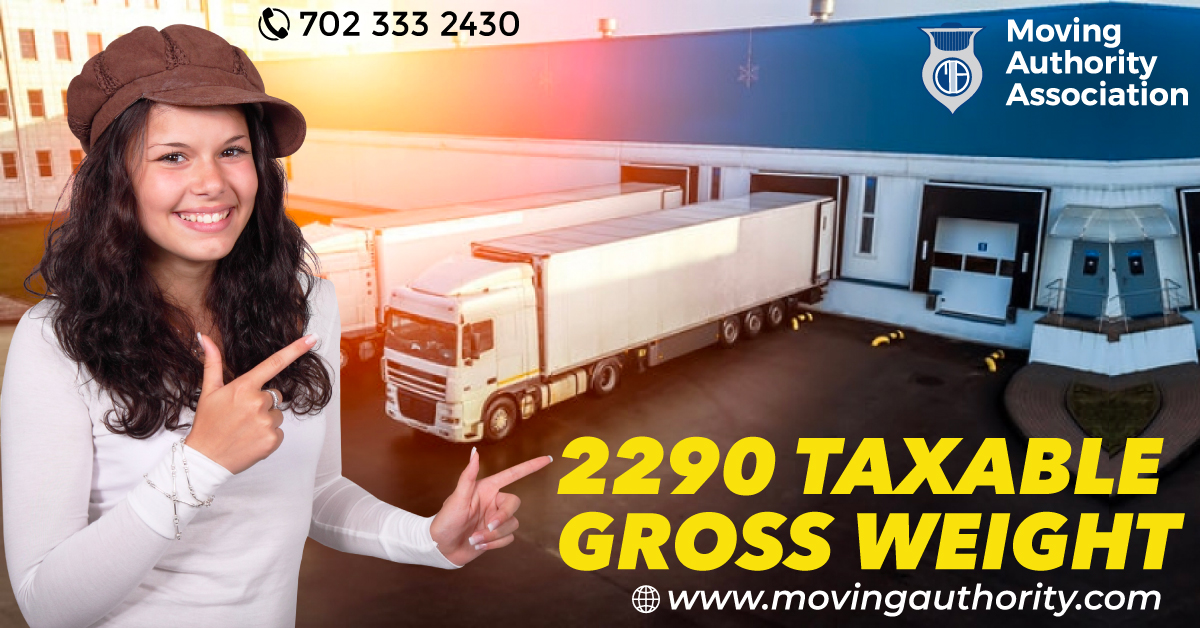
2290 Taxable Gross Weight: Calculating Your Heavy Vehicle Use Tax
Calculating Your Heavy Vehicle Use Tax
Heavy Vehicle Use Tax (HVUT) is an annual tax paid by truck owners and operators to the Internal Revenue Service (IRS) for the use of public highways by their heavy vehicles. 2290 Tax And Heavy Vehicle Usag.The amount of tax owed is based on the taxable gross weight of the vehicle, which is determined by the weight of the vehicle and its maximum load capacity. Learn more about Starting a Trucking Company. This tax is an important source of revenue for the government to maintain and improve the country's highways, bridges, and other infrastructure. In this article, we will discuss the calculation of HVUT based on taxable gross weight and the factors that affect it.
Taxable Gross Weight
Taxable gross weight is a term used in the heavy vehicle use tax (HVUT) calculation to determine the tax amount that a truck owner or operator owes to the Internal Revenue Service (IRS). Do you Want to know the BOC-3 Filing? Taxable gross weight includes the total weight of the vehicle, including the chassis, body, and any attached equipment, as well as the weight of the maximum load that the vehicle can carry. Highway Tax 2290 Cost. To calculate the taxable gross weight, one must subtract the unloaded weight of the vehicle from the maximum weight it can carry.
There are special rules for calculating taxable gross weight for certain types of vehicles, such as agricultural vehicles and logging vehicles. For example, the weight of any load that is primarily used for agricultural purposes may be excluded from the taxable gross weight calculation as long as it is not transported on a highway for more than 150 miles. Learn more about Biennial Update. Similarly, the weight of any equipment or machinery used exclusively for logging operations may be excluded from the taxable gross weight calculation. It is important to understand these special rules when calculating HVUT to ensure compliance with IRS regulations.
Calculating Heavy Vehicle Use Tax
Calculating Heavy Vehicle Use Tax (HVUT) is based on the taxable gross weight of the vehicle. The IRS determines the tax rate, which is based on the weight category of the vehicle. Read more about Broker Freight Package. The weight category is determined by the vehicle's taxable gross weight. Taxable gross weight includes the weight of the vehicle itself plus any load it carries.
To calculate the tax owed for a particular vehicle, the taxable gross weight is multiplied by the applicable tax rate. It's important to note that there are different tax rates and rules for agricultural vehicles and logging vehicles. Read more about the Claims Package. Additionally, the tax may be prorated if the vehicle was not used for the full tax period.
Prorating Heavy Vehicle Use Tax
Prorating the Heavy Vehicle Use Tax is important for vehicles that are not used for the entire tax period, which runs from July 1 to June 30 of the following year. Understanding Heavy Truck Taxes. In this case, the tax is calculated based on the number of months that the vehicle is used during the tax period. For example, if a vehicle is first used in December, the tax would be calculated for 7 months (December to June).
To prorate the tax, you must divide the annual tax amount by the number of months in the tax period and then multiply that result by the number of months the vehicle was used. Form 2290 Heavy Vehicle Use Tax: A Comprehensive Guide. For instance, if the annual tax amount is $550 and the vehicle is used for 7 months, the prorated tax would be calculated as follows:
$550 / 12 = $45.83 (monthly tax amount)
$45.83 x 7 = $320.81 (prorated tax amount)
It is important to note that prorating is only available for vehicles that have not been used for the full tax period. If a vehicle has been used for the entire tax period, the full tax amount must be paid.
Exemptions and Suspensions
Exemptions and suspensions are essential considerations regarding heavy vehicle use tax. An exemption means that a vehicle is not subject to the tax, while a suspension means that the tax is temporarily postponed. Do you want to know Broker Mover Package information? Various situations may qualify a vehicle for an exemption or suspension. For example, if a car is used exclusively for farming purposes and does not travel more than 7,500 miles on public highways during the tax period, it may be exempt from the tax. Do you want to know Dot Authority? Similarly, it may also be exempt if a vehicle is used for logging purposes and does not travel more than 7,500 miles on public highways during the tax period.
On the other hand, a suspension may be granted if a vehicle is expected to be used for less than 5,000 miles during the tax period. For example, if a truck is being temporarily taken out of service for repairs or maintenance and is not expected to be used for more than 5,000 miles during the tax period, the tax may be suspended.
The appropriate forms must be filled out and submitted to the IRS to claim an exemption or suspension. It is important to note that even if a vehicle is exempt or suspended from the tax, it may still be required to file a Form 2290. Do you want to know CA Number? It is also important to keep accurate records of any exemptions or suspensions claimed, as failure to do so may result in penalties and fines.
Final Thoughts
In conclusion, calculating taxable gross weight is a critical step in determining your heavy vehicle use tax. Know what is a Carrier Agreement. By understanding the definition of taxable gross weight, how to calculate the tax rate, how to prorate the tax for vehicles used for part of the year, and how to claim exemptions or suspensions, you can ensure compliance with heavy vehicle use tax requirements and avoid potential penalties. 2290 Taxable Gross Weight. It is important to keep accurate records and to file on time to avoid any issues. Learn more about DOT Number Deactivation. If you have any questions or need assistance, it is recommended to consult with a qualified tax professional.





